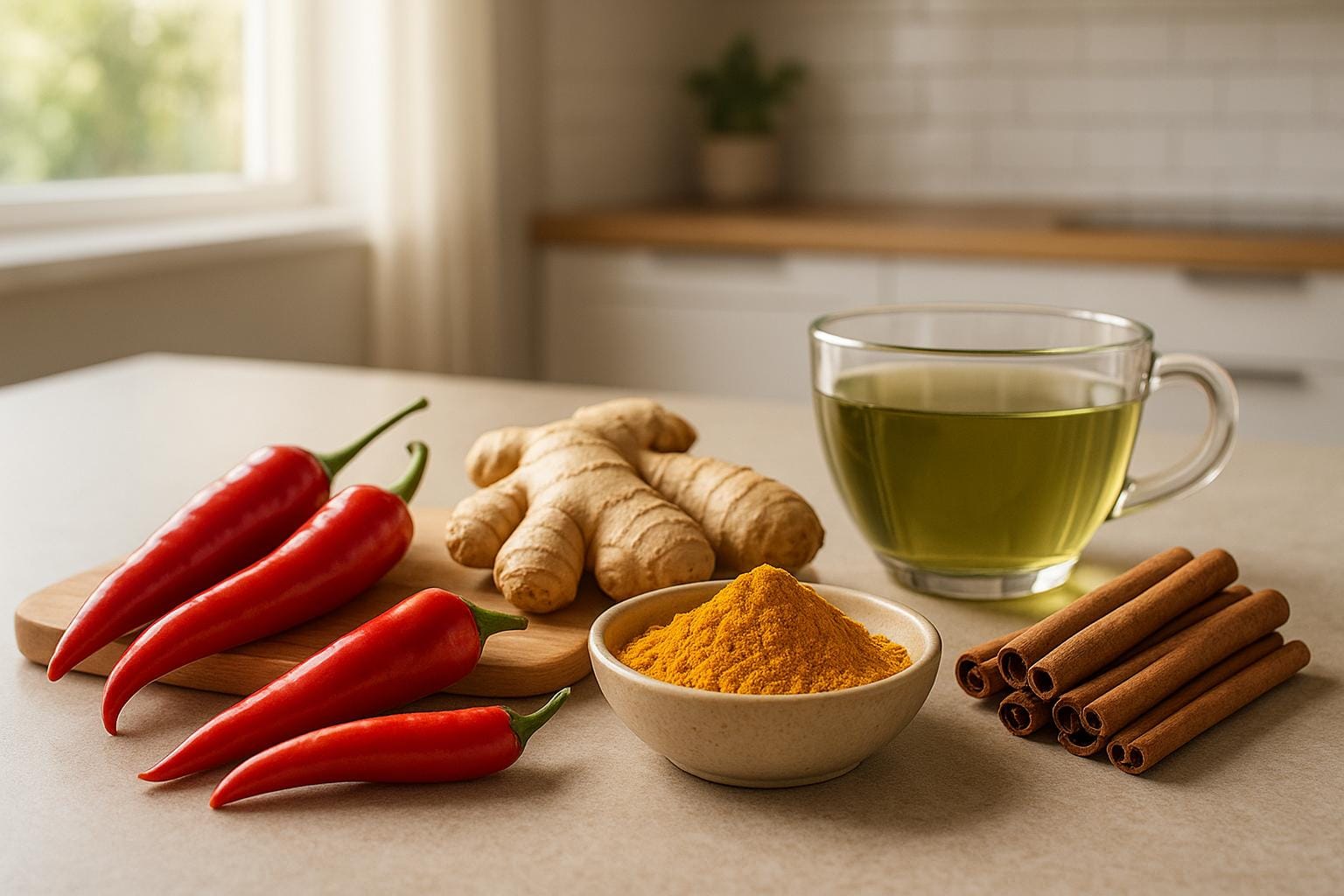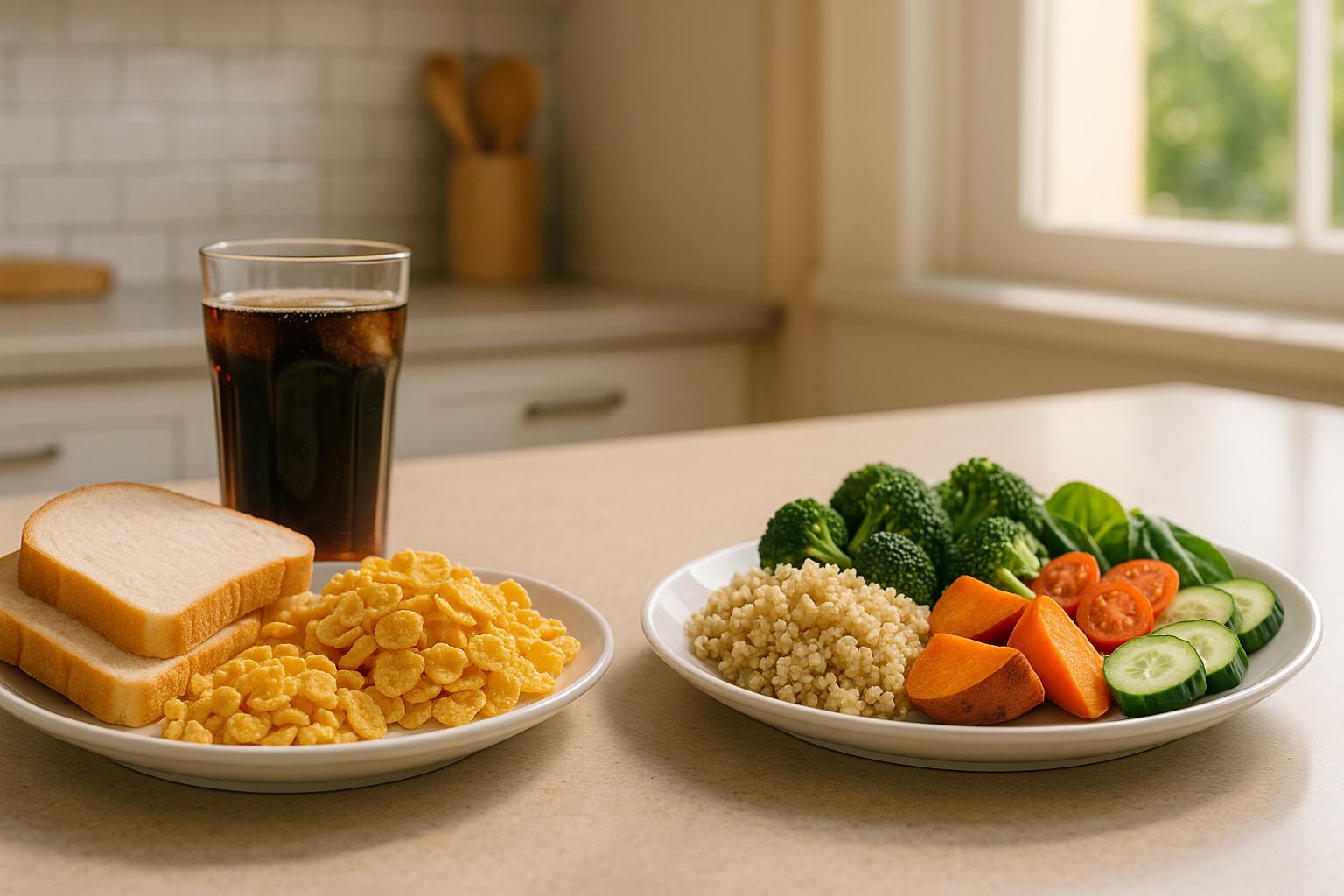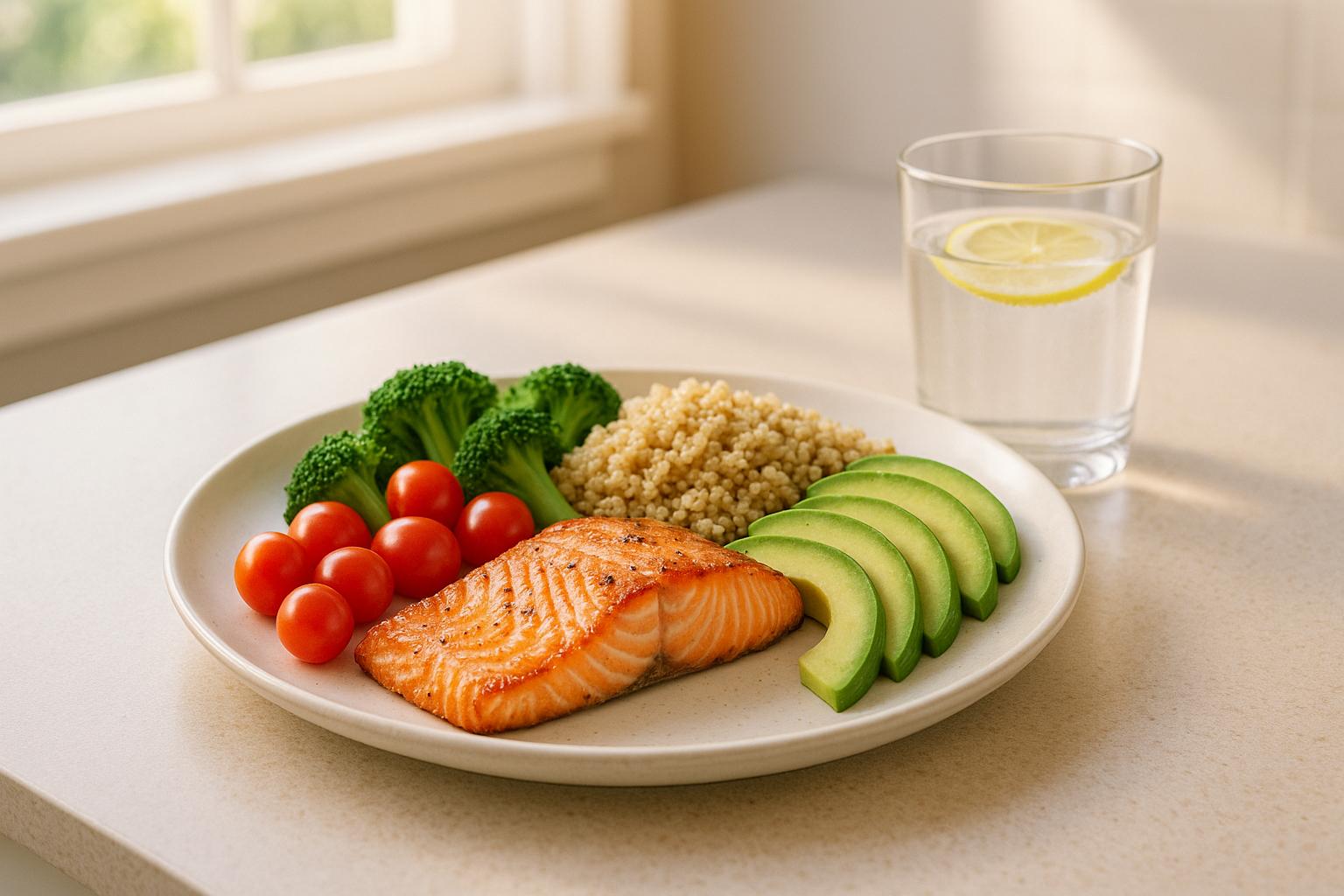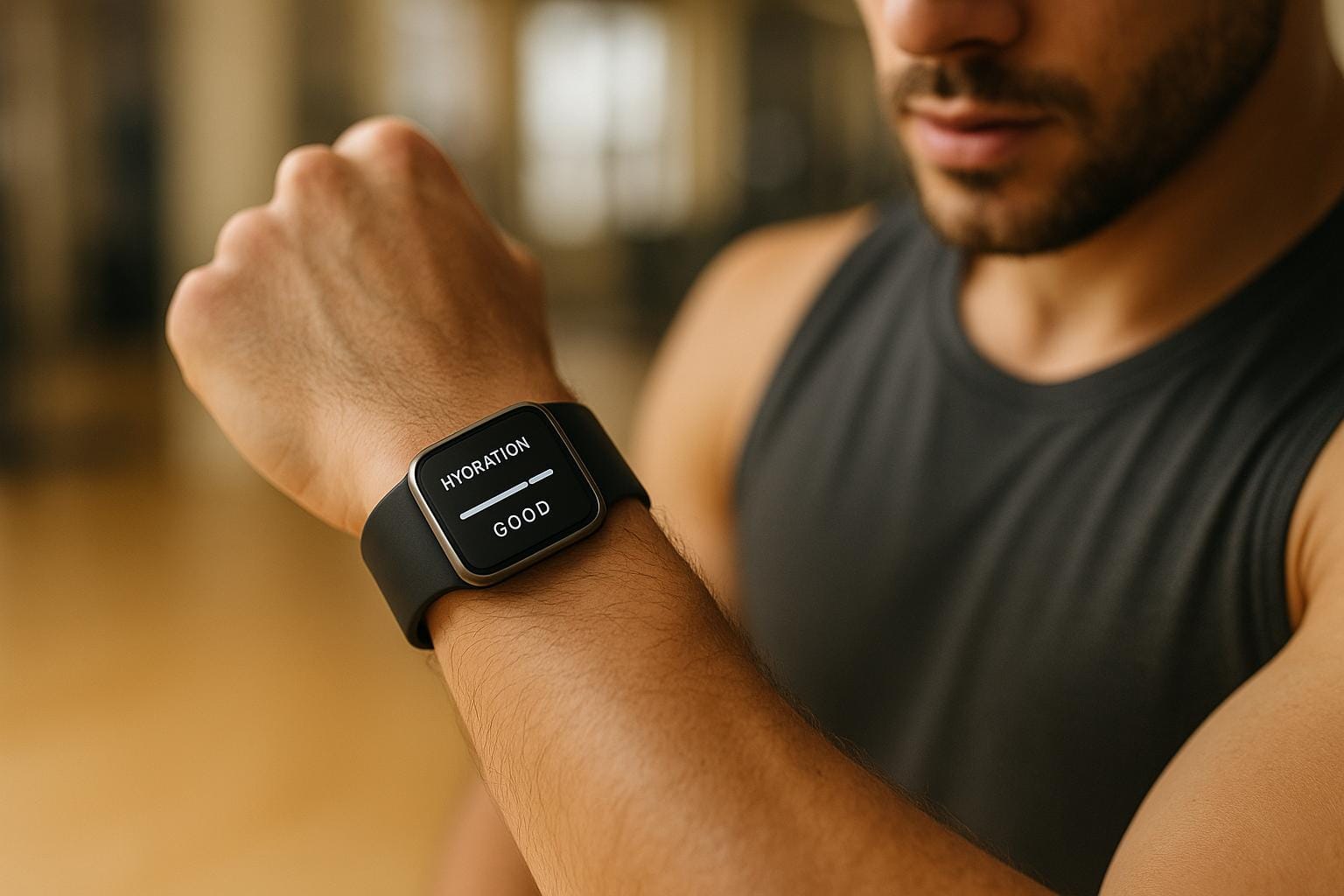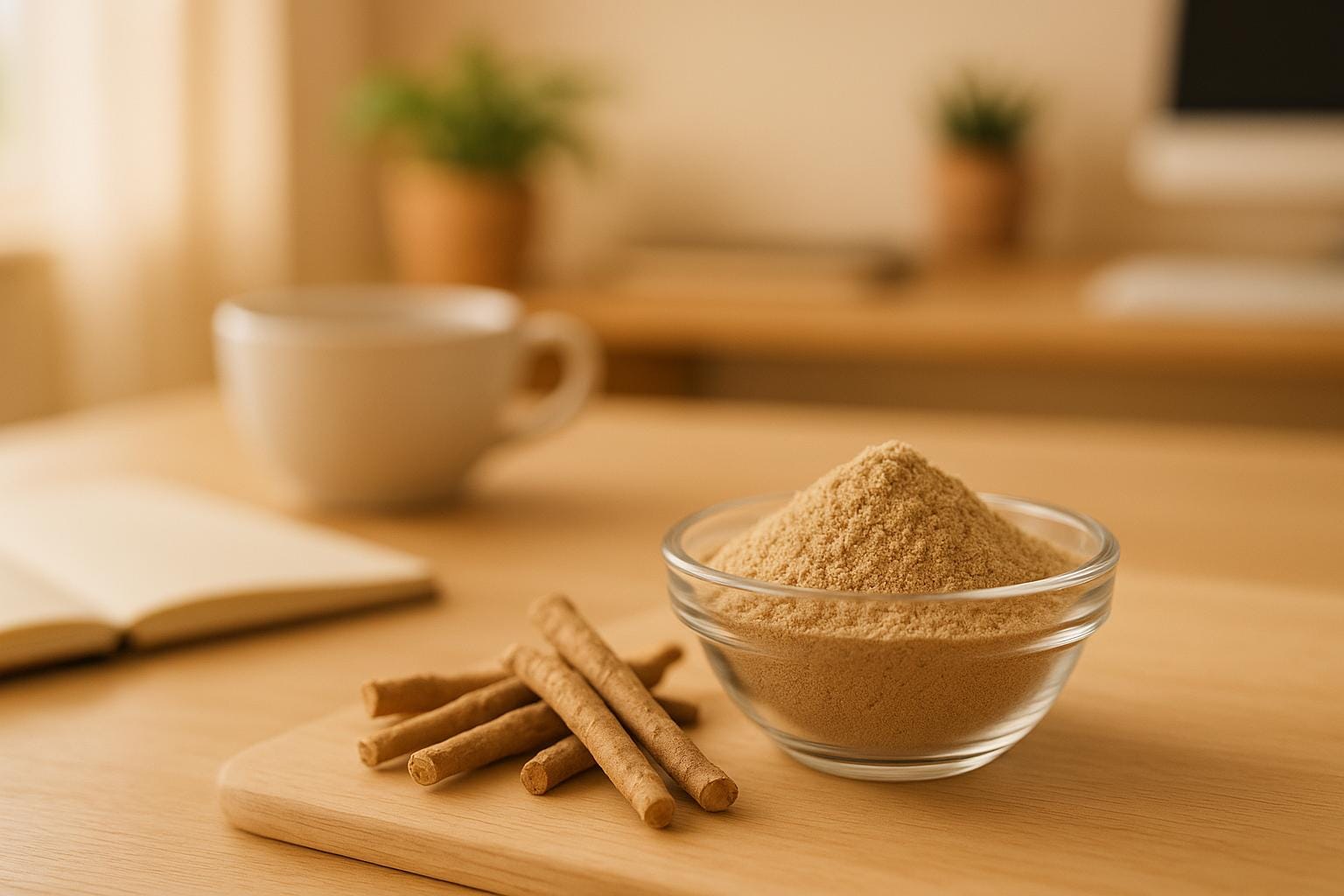High-Intensity Interval Training (HIIT) has gained a reputation as one of the most efficient methods to boost cardiovascular fitness and overall endurance. At the heart of these benefits is VO2 max—a measure of the maximum volume of oxygen the body can use during intense exercise. Increasing VO2 max not only improves athletic performance but also enhances overall health. This article delves into how a 15-minute HIIT workout can dramatically elevate VO2 max, outlines the science behind it, and provides a sample workout routine to help unlock elite endurance.
Understanding VO2 Max
VO2 max is a key indicator of cardiovascular fitness. It represents the maximum amount of oxygen an individual can utilize during exercise, measured in milliliters per kilogram of body weight per minute (ml/kg/min). The higher the VO2 max, the more efficiently the body can deliver oxygen to working muscles, which in turn boosts endurance and performance. Athletes often train to improve their VO2 max because it directly correlates with stamina and the ability to sustain high-intensity efforts.
For the average person, an increased VO2 max translates to improved energy levels, better recovery times, and enhanced overall well-being. HIIT workouts are especially effective in increasing VO2 max because they force the body to work at near-maximal intensities, pushing the cardiovascular system to adapt and improve.
The Science Behind HIIT and VO2 Max
HIIT involves alternating between short bursts of intense exercise and brief recovery periods. During high-intensity intervals, the body’s oxygen demand skyrockets, pushing the heart and lungs to work at maximum capacity. This intense effort creates a state of oxygen debt, which the body must repay during the recovery phase. This repayment process, known as excess post-exercise oxygen consumption (EPOC), not only helps the body recover but also continues to burn calories and improve metabolic function long after the workout is finished.
Scientific studies have consistently shown that HIIT protocols can lead to significant improvements in VO2 max in a relatively short period. The mechanism behind this improvement is the body’s adaptive response to the stress of high-intensity exercise, which involves:
- Increased mitochondrial density, enabling muscles to use oxygen more efficiently.
- Enhanced cardiac output as the heart strengthens to pump blood more effectively.
- Improved capillary density, which facilitates better oxygen delivery to muscle fibers.
These adaptations collectively contribute to a higher VO2 max and improved endurance, even with workouts as short as 15 minutes.
Benefits of a 15-Minute HIIT Workout
For many individuals, time is a limiting factor when it comes to exercise. The beauty of a 15-minute HIIT workout lies in its efficiency. Despite its brevity, a well-designed HIIT session can provide a host of benefits:
- Time Efficiency: Short bursts of intense exercise allow for significant calorie burn and cardiovascular improvement in a fraction of the time compared to traditional steady-state cardio.
- Enhanced VO2 Max: By challenging the cardiovascular system, HIIT leads to measurable increases in VO2 max, paving the way for better overall endurance.
- Metabolic Boost: The intense nature of HIIT accelerates metabolism, leading to greater calorie burn even after the workout ends.
- Versatility: HIIT workouts can be performed using various exercises, making them adaptable to different fitness levels and environments. Whether at home, in the gym, or outdoors, the routine can be modified to fit personal needs.
- Improved Mental Toughness: The demanding intervals push individuals to overcome discomfort, which builds mental resilience and determination.
A Sample 15-Minute HIIT Workout for VO2 Max Improvement
Below is a structured 15-minute HIIT routine designed to maximize cardiovascular gains and boost VO2 max. It is recommended that individuals perform a proper warm-up and cool-down to prevent injury and aid recovery.
Warm-Up (3 Minutes):
- 1 minute: Light jogging in place or brisk walking
- 1 minute: Dynamic stretches (e.g., arm circles, leg swings)
- 1 minute: High knees at a moderate pace
Main Workout (10 Minutes):
Perform the following exercises in a circuit format. Each exercise is performed at high intensity for 40 seconds, followed by a 20-second rest. Repeat the circuit twice.
- Burpees:
A full-body exercise that engages the chest, arms, legs, and core. The rapid movement elevates the heart rate significantly and boosts VO2 max. - Mountain Climbers:
Starting in a high plank position, alternate driving the knees toward the chest at a fast pace. This exercise works the core, shoulders, and legs while maintaining an elevated heart rate. - Jump Squats:
Begin with a standard squat, then explosively jump upward, landing softly back into the squat position. This move targets the lower body and increases power output. - Push-Up to Plank Transition:
Perform a push-up and then transition into a steady plank. This exercise not only builds upper body strength but also challenges the core, ensuring the body remains engaged during recovery intervals. - High-Intensity Running in Place:
Run as fast as possible in place, focusing on quick, controlled movements. Pumping the arms vigorously helps drive the heart rate up, maximizing cardiovascular benefits.
Cool-Down (2 Minutes):
- 1 minute: Slow-paced walking or marching in place
- 1 minute: Static stretching, focusing on major muscle groups such as the hamstrings, quadriceps, calves, and arms
Tips to Maximize the HIIT Experience
To get the most out of a 15-minute HIIT workout and effectively increase VO2 max, consider the following strategies:
- Maintain Proper Form:
High-intensity exercises can lead to compromised form if fatigue sets in. Focusing on correct technique not only prevents injury but also ensures that the targeted muscle groups are effectively engaged. - Adjust Intensity Based on Fitness Level:
Beginners might start with slightly longer recovery periods or lower-intensity modifications. As endurance improves, gradually reduce the recovery time and increase the intensity of each interval. - Stay Consistent:
Consistency is crucial for seeing improvements in VO2 max. Incorporate HIIT sessions into the weekly routine at least three times per week, and combine them with other forms of exercise for balanced fitness. - Monitor Progress:
Tracking improvements in performance—such as reduced recovery times or increased repetitions—can provide motivation and insight into how the body is adapting. Fitness apps or journals can be useful tools for monitoring progress. - Hydrate and Fuel Properly:
The intensity of HIIT demands adequate hydration and nutrition. A balanced diet rich in complex carbohydrates, lean proteins, and healthy fats will provide the necessary energy for these high-intensity sessions. Additionally, staying well-hydrated before, during, and after workouts is essential.
The Broader Impact of Improved VO2 Max
An increased VO2 max does more than boost athletic performance; it has profound effects on overall health. Higher VO2 max levels are associated with reduced risks of cardiovascular diseases, improved metabolic efficiency, and enhanced recovery times after strenuous activities. For non-athletes, these benefits can translate into more energy for daily activities, improved mood, and a lower likelihood of experiencing fatigue or shortness of breath during everyday tasks.
Moreover, improved VO2 max is a marker of overall physical health and longevity. Studies have shown that individuals with higher VO2 max scores tend to have a lower risk of mortality and chronic diseases. Thus, investing in short, effective HIIT workouts can have lasting benefits that extend well beyond the gym.
Real-World Success Stories
Fitness experts have reported numerous cases where individuals experienced dramatic improvements in VO2 max and overall endurance by incorporating 15-minute HIIT workouts into their routines. Testimonials from various fitness blogs and forums highlight not only physical transformations—such as increased stamina and fat loss—but also enhanced mental clarity and a greater sense of well-being. These success stories serve as powerful motivators, illustrating that even busy individuals can achieve elite endurance through dedicated, high-intensity training.
Conclusion
A 15-minute HIIT workout is a powerful tool for anyone looking to boost their VO2 max and unlock elite endurance. By alternating between short bursts of maximum effort and brief recovery periods, HIIT stimulates significant cardiovascular and metabolic improvements in a time-efficient manner. The structured routine described in this article provides a practical approach to incorporating HIIT into a busy schedule, while the underlying science supports its effectiveness.
In the quest for improved fitness, enhanced VO2 max stands out as a key factor in sustaining high performance and overall health. Through consistent practice, attention to form, and gradual progression, individuals can experience dramatic improvements in endurance, energy levels, and overall quality of life. As HIIT continues to revolutionize the way people approach exercise, its impact on VO2 max remains a testament to the power of short, intense workouts. With the right mindset and a commitment to regular training, unlocking elite endurance may be just 15 minutes away.



